In today’s digital world, graphic design is about more than just creating visually appealing images. It’s about ensuring that users have a seamless and enjoyable experience when interacting with your designs. This is where User Experience (UX) comes into play. UX focuses on the overall experience a user has with a product or service, aiming to make it intuitive, efficient, and satisfying. Integrating UX principles into graphic design can significantly enhance user satisfaction and engagement. Here’s why UX is essential in graphic design and how you can incorporate it into your work.
Understanding User Needs and Behaviors
The foundation of good UX is understanding your users – their needs, behaviors, preferences, and pain points. By conducting user research, such as surveys, interviews, and usability testing, you can gather valuable insights into what your audience wants and needs from your designs. This understanding allows you to create more user-centered designs that effectively address user expectations and requirements.
Creating Intuitive Navigation
Intuitive navigation is a critical aspect of UX in graphic design. Users should be able to find information quickly and easily without feeling frustrated or lost. Effective navigation involves clear labeling, logical organization, and consistent placement of navigation elements. When designing websites, apps, or any digital interface, prioritize simplicity and ease of use to enhance user satisfaction.
Enhancing Visual Hierarchy
Visual hierarchy is the arrangement of elements in a way that signifies their importance. A well-structured visual hierarchy guides users’ attention to the most critical information first, making it easier for them to process and understand the content. Use techniques such as size, color, contrast, and spacing to create a clear visual hierarchy in your designs.
Ensuring Consistency
Consistency in design enhances usability and helps users feel more comfortable and familiar with the interface. Consistent use of colors, fonts, buttons, and other design elements creates a cohesive and professional look. It also ensures that users know what to expect, reducing the learning curve and improving their overall experience.
Optimizing for Accessibility
Accessibility is a crucial aspect of UX that ensures all users, including those with disabilities, can access and interact with your designs. Follow accessibility guidelines such as the Web Content Accessibility Guidelines (WCAG) to make your designs more inclusive. This includes using sufficient color contrast, providing text alternatives for images, and ensuring keyboard navigability.
Utilizing Feedback for Continuous Improvement
User feedback is invaluable for improving UX. Implement feedback mechanisms such as surveys, feedback forms, and user testing sessions to gather input on your designs. Use this feedback to make iterative improvements, ensuring that your designs continually evolve to meet user needs and preferences.
Prototyping and Testing
Prototyping and testing are essential steps in the UX design process. Create interactive prototypes to visualize the user flow and identify potential issues early. Conduct usability testing with real users to observe how they interact with your designs and gather actionable insights. Prototyping and testing help refine your designs before they go live, saving time and resources in the long run.
Conclusion
Incorporating UX principles into graphic design is crucial for creating designs that are not only visually appealing but also user-friendly and effective. By understanding user needs, creating intuitive navigation, enhancing visual hierarchy, ensuring consistency, optimizing for accessibility, utilizing feedback, and prototyping and testing, you can elevate your designs and provide a superior user experience. Embrace the power of UX in your graphic design projects and watch your user engagement and satisfaction soar.


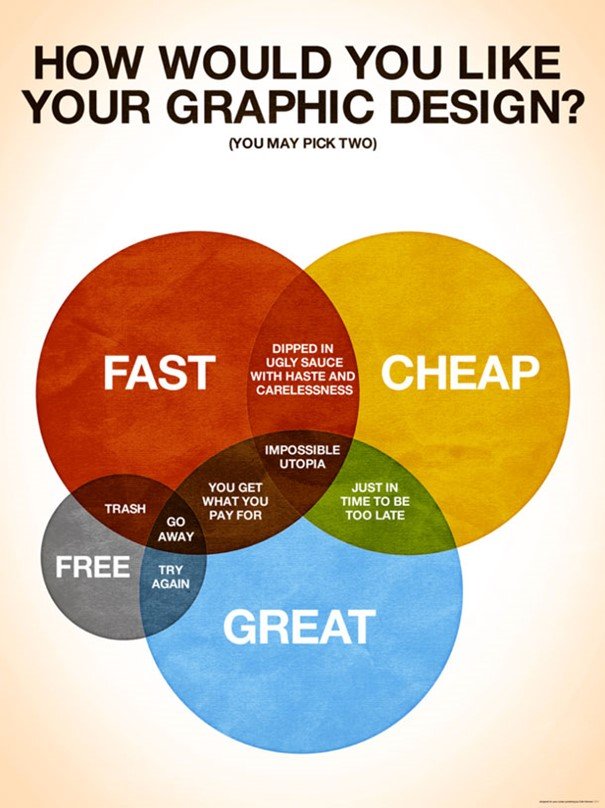
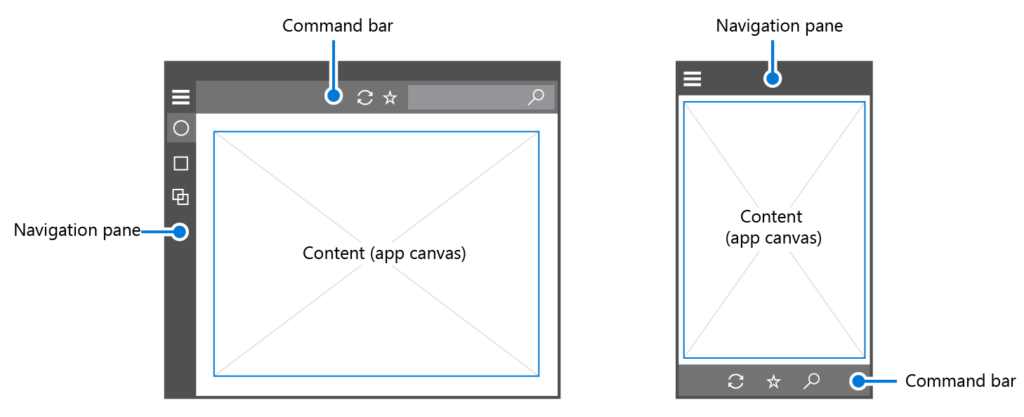
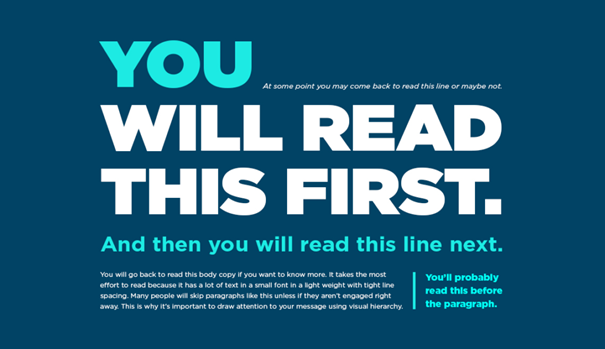
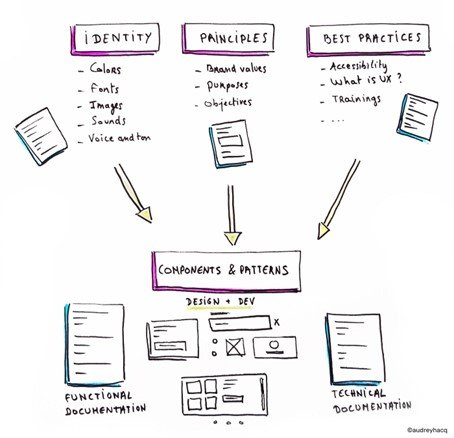



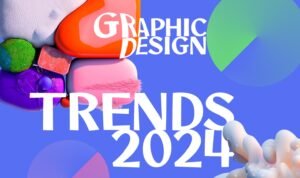

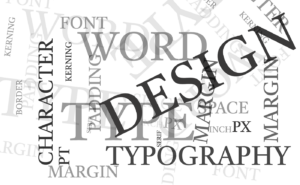




One Response
The design is simple and elegant. The customer support on this product is also amazing. I would highly recommend you to purchase templates from the Marketify team! Thank you for the wonderful project.